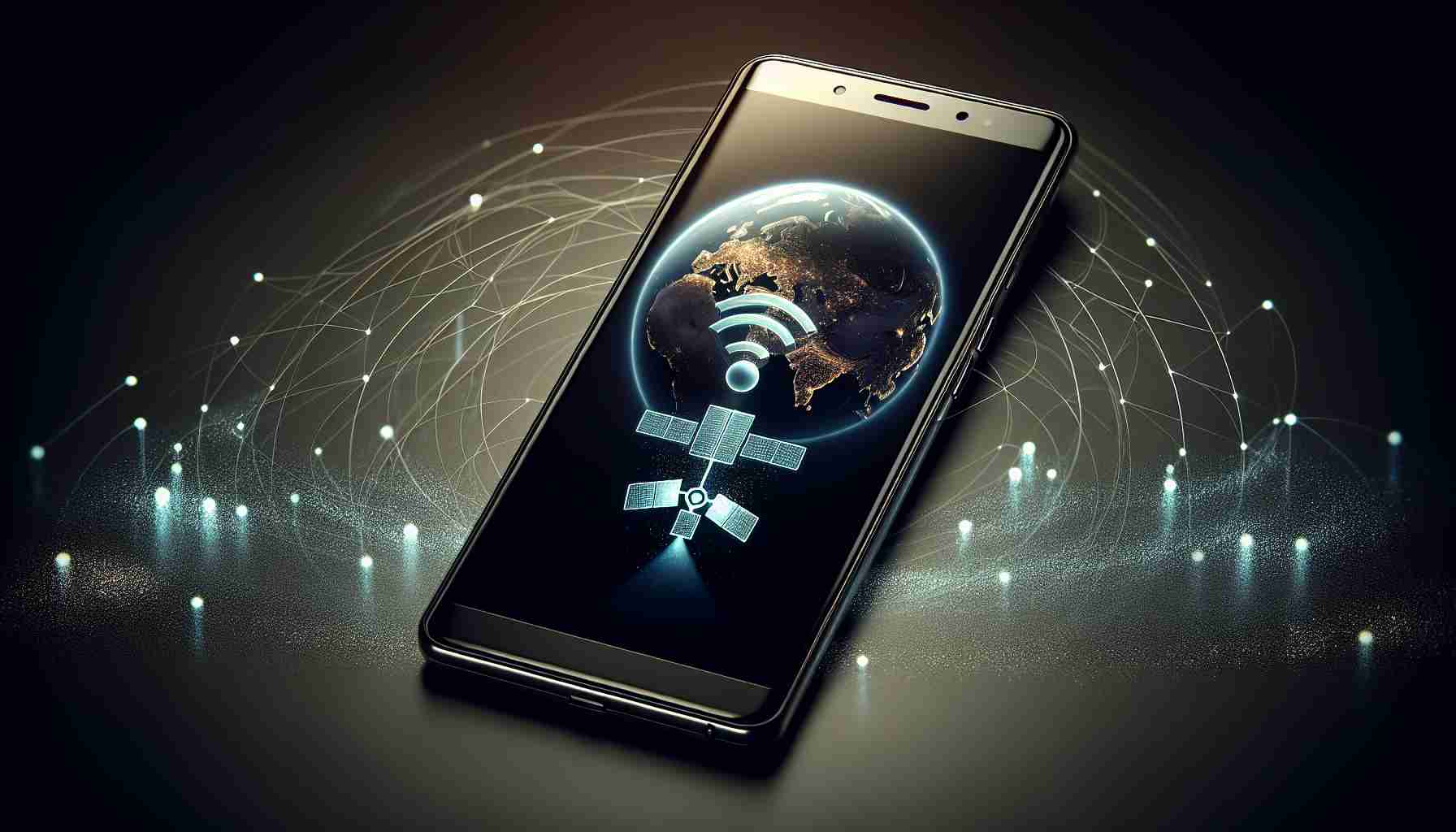
Apple has introduced an innovative iOS 18 update, which includes a significant enhancement for iPhone users who may find themselves without cellular service. This new feature enables users to send messages via satellite, a function that can be crucial in emergency situations. Specifically designed for the iPhone 14 and newer models, this satellite messaging service will be free for the first two years.
Utilizing satellite technology allows users to communicate when traditional connections fail. To activate this capability, individuals must be outdoors with an unobstructed view of the sky and horizon. Once connected, users can send texts, including emojis and quick responses, to friends and family members, not just emergency services. This feature could be invaluable in scenarios like car breakdowns on deserted roads or unexpected situations while hiking or fishing.
Moreover, setup and usage instructions are conveniently provided within the phone’s settings, ensuring users are well-equipped to handle emergencies. For those in peril, Apple advises prioritizing the Emergency SOS function, which is also supported by satellite technology. These advancements in connectivity reflect a growing concern for safety and reliable communication in extreme circumstances, especially as weather events like hurricanes threaten various regions.
Apple’s Innovative Satellite Messaging Feature Offers Enhanced Connectivity for iPhone Users
Apple’s recent iOS 18 update introduces a groundbreaking satellite messaging feature aimed at enhancing user connectivity, particularly for those in areas with weak or no cellular service. This capability is available on iPhone 14 and newer models, enabling users to send texts via satellite during critical situations where traditional communication methods are unavailable. While Apple initially offers this service free for the first two years, questions arise regarding its long-term viability and potential limitations.
Key Questions and Answers:
1. How does the satellite messaging feature work?
The feature primarily utilizes low Earth orbit (LEO) satellite technology to establish connections when cellular networks fail. Users can send messages by pointing the device toward the sky, ensuring a clear line of sight to the satellites overhead.
2. What types of messages can be sent?
Users can send basic text messages, emojis, and preset responses. However, users must note that larger attachments or complex messaging features (like video or photos) are not supported.
3. Will this feature function in all weather conditions?
While the satellite messaging technology is robust, heavily clouded skies, thunderstorms, or other adverse weather conditions may interfere with the connection. Ensuring a clear sky facilitates better communication.
Key Challenges and Controversies:
One of the primary challenges surrounding the satellite messaging feature is the accessibility and practicality of using it in emergencies. Users must be in open areas without obstructions, which may not always be possible during urgent situations. Additionally, while the service is free for the first two years, users should consider the potential for subscription fees or service charges after this period, which raises questions about long-term cost-effectiveness.
Furthermore, there are concerns regarding the dependency on technology in critical times. Critics argue that reliance on satellite communication may inadvertently lead users to neglect other essential preparedness measures, such as carrying emergency equipment or informing others of their whereabouts.
Advantages and Disadvantages:
Advantages:
– Increased Safety: The ability to communicate during emergencies can save lives, especially in remote areas.
– Accessibility: Provides connectivity in locations where cell towers are absent.
– User-Friendly: Easy setup and straightforward operation make it accessible for most users.
Disadvantages:
– Limited Message Types: Users can only send simple texts, which may not suffice in all situations.
– Dependency on Weather: Connection issues may arise during adverse weather, limiting effectiveness in emergencies.
– Potential Costs Post-Promotion: Users may face subscription fees after the initial free service period, raising ongoing cost considerations.
As outdoor activities grow in popularity, particularly with the increasing concern about safety in remote areas, Apple’s satellite messaging feature reflects a significant step towards innovation in emergency communication. The importance of evaluating this technology, including its benefits and drawbacks, cannot be understated.
For more information on Apple’s technology updates, visit Apple’s Official Site.






